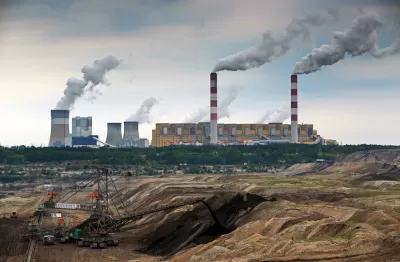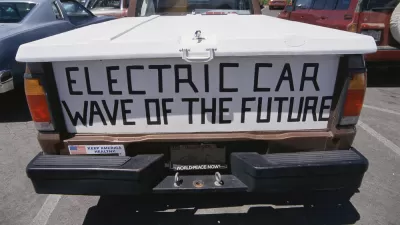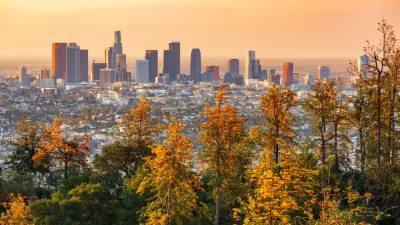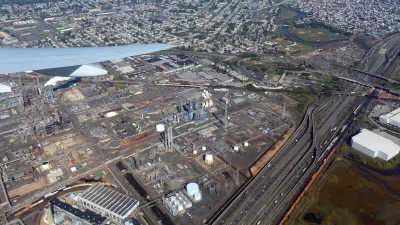Despite the Supreme Court’s recent decision to limit the EPA’s ability to regulate emissions from power plants, the agency still has a range of tools at its disposal for enforcing pollution controls and reducing harmful emissions.

After the Supreme Court curtailed the Environmental Protection Agency’s power to regulate carbon dioxide emissions, critics of the decision worried that the Court’s action essentially ‘gutted’ the EPA’s ability to fight climate change. But, as Elizabeth Shogren argues in an article for High Country News, the EPA has more powers remaining at its disposal than some might think. “It has proposed rules limiting methane emissions from oil and gas facilities and is targeting vehicle tailpipe emissions. The Supreme Court ruling expressly leaves the EPA with the authority to regulate pollution from the electricity sector — as long as it doesn’t order plants to switch from coal to renewable energy the way it would have under Obama’s plan.”
EPA Administrator Michael Regan “said that his agency also plans to tighten regulations that would force power plants to clean up pollution — in many cases, an expensive undertaking. He made it clear that he hopes that the owners of coal-fired power plants will decide to close dirty facilities rather than spend the money to clean them up.”
The EPA says it also plans to implement a ‘good neighbor rule’ that limits air pollution in states with ‘downwind’ neighbors and tighter restrictions on harmful emissions like mercury, coal ash, and other toxic waste.
The article notes that the shift away from coal is already happening. “Even after an uptick in coal use in 2021, the United States used only about half as much coal to produce electricity as it did 15 years earlier. Meanwhile, renewable energy has overtaken coal as a source of electricity.”
However, environmentalists argue that the Biden administration isn’t doing enough to address the urgent issues of air pollution, emissions, and climate change. For example, “A coalition of groups sued the EPA in April, after 34 states failed to meet a requirement to submit plans showing how they would improve visibility at national parks and wilderness areas, as required by the regional haze rule.”
FULL STORY: The EPA has more options to rein in climate change than you think

Study: Maui’s Plan to Convert Vacation Rentals to Long-Term Housing Could Cause Nearly $1 Billion Economic Loss
The plan would reduce visitor accommodation by 25,% resulting in 1,900 jobs lost.

North Texas Transit Leaders Tout Benefits of TOD for Growing Region
At a summit focused on transit-oriented development, policymakers discussed how North Texas’ expanded light rail system can serve as a tool for economic growth.

Using Old Oil and Gas Wells for Green Energy Storage
Penn State researchers have found that repurposing abandoned oil and gas wells for geothermal-assisted compressed-air energy storage can boost efficiency, reduce environmental risks, and support clean energy and job transitions.

Santa Barbara Could Build Housing on County Land
County supervisors moved forward a proposal to build workforce housing on two county-owned parcels.

San Mateo Formally Opposes Freeway Project
The city council will send a letter to Caltrans urging the agency to reconsider a plan to expand the 101 through the city of San Mateo.

A Bronx Community Fights to Have its Voice Heard
After organizing and giving input for decades, the community around the Kingsbridge Armory might actually see it redeveloped — and they want to continue to have a say in how it goes.
Urban Design for Planners 1: Software Tools
This six-course series explores essential urban design concepts using open source software and equips planners with the tools they need to participate fully in the urban design process.
Planning for Universal Design
Learn the tools for implementing Universal Design in planning regulations.
Ascent Environmental
Borough of Carlisle
Institute for Housing and Urban Development Studies (IHS)
City of Grandview
Harvard GSD Executive Education
Toledo-Lucas County Plan Commissions
Salt Lake City
NYU Wagner Graduate School of Public Service





























